Wayfinding signages are essential tools for enhancing navigation, improving customer experience, and even reinforcing brand identity within office buildings or corporate spaces. Thoughtfully implemented wayfinding signage can help employees, visitors, and clients find their way with ease, reducing confusion and creating a more welcoming environment. Here’s a guide on how to use wayfinding signages effectively in your office or building.
The first step in designing effective wayfinding signage is to create a thorough plan. This involves assessing the layout of your office or building, identifying areas where people may need extra guidance, and understanding the flow of movement. Consider conducting a walkthrough of your space as if you were a new visitor to spot potential problem areas.
Your plan should map out essential sign locations, such as entrances, exits, elevators, stairwells, restrooms, conference rooms, and common areas. For larger or multi-floor buildings, it’s important to establish clear directional signages for each floor, ensuring that each area feels accessible and easy to navigate. This comprehensive planning phase ensures that no area is overlooked, laying a strong foundation for effective wayfinding.
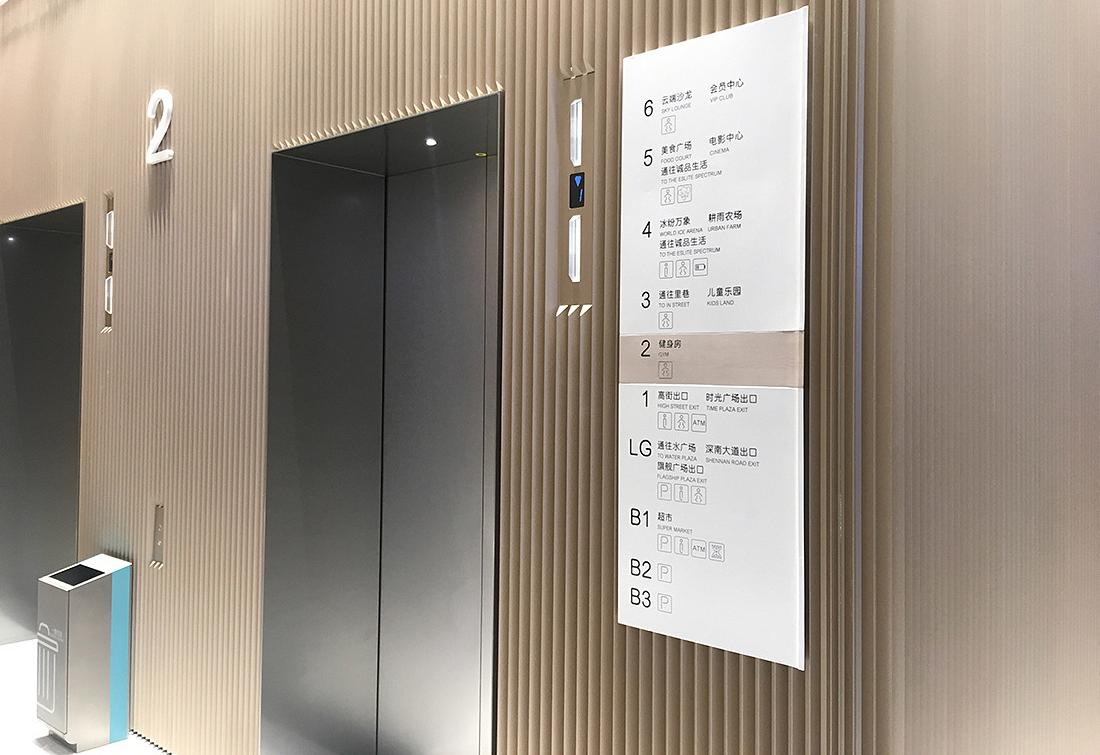
Wayfinding signages offer an excellent opportunity to reinforce your brand identity within your office space. Consistent use of colors, fonts, and logos in signage can help create a cohesive experience that aligns with your brand’s visual identity. For example, if your brand color is red, consider incorporating red accents into the signages, alongside your logo or tagline.
Consistency in signage design also makes the signages more recognizable and easier to follow. If each sign uses the same font, icon style, and color scheme, they become part of a larger visual language that guides people intuitively through your space. This consistency not only strengthens your brand presence but also helps visitors quickly identify and follow the signages, resulting in a more seamless navigation experience.
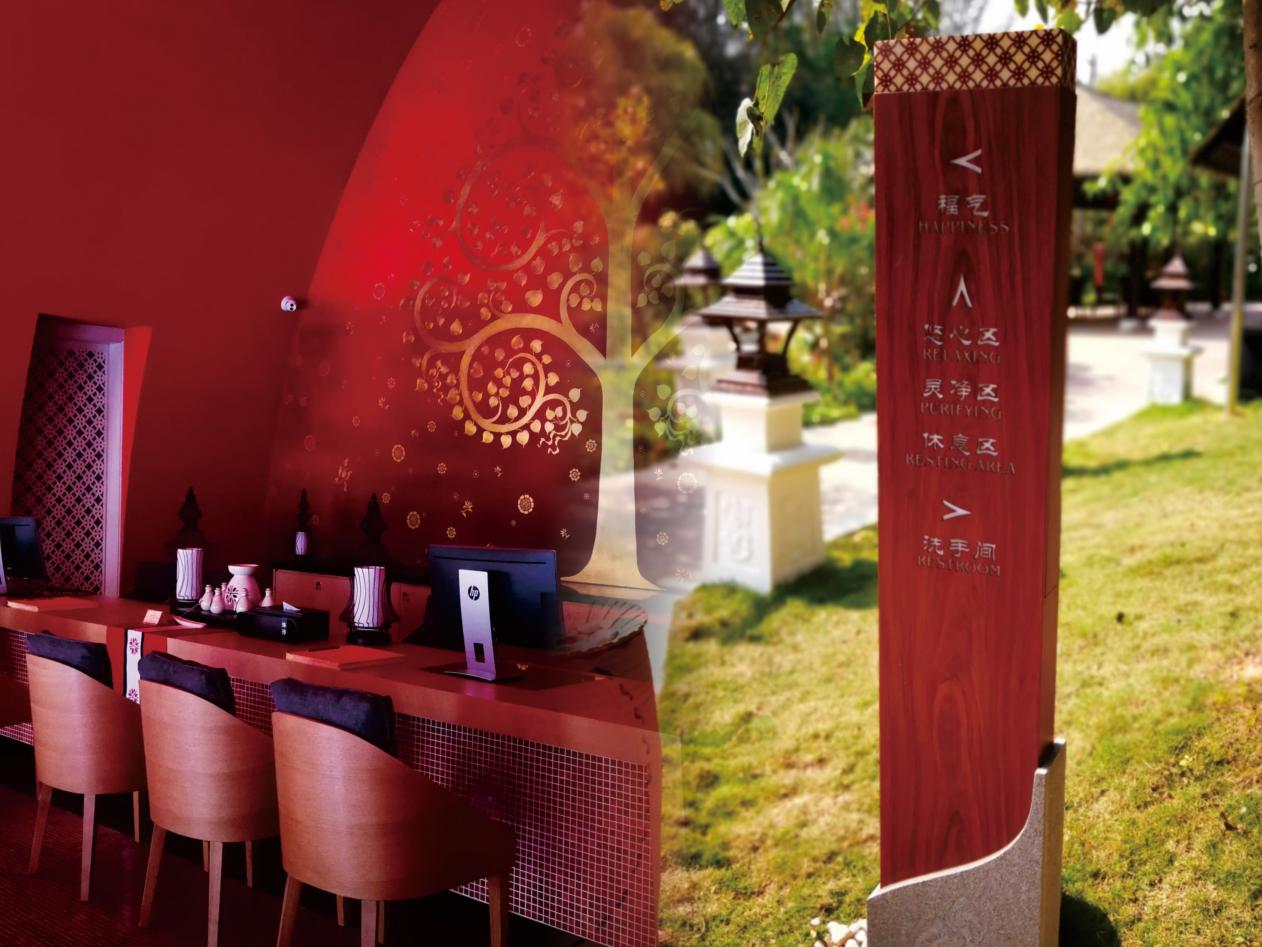
One of the most important elements of wayfinding signage is clarity. Use clear, legible fonts and avoid overly complex symbols that might be confusing to new visitors. Opt for universally recognized icons whenever possible, as they provide quick understanding and cater to a diverse audience, including people with different language backgrounds or visual impairments.
For instance, restroom signages are universally understood when displayed with icons rather than just words. Similarly, using arrows with directional signages (up, down, left, right) enhances clarity. Keeping the design straightforward ensures that your signages serve their purpose effectively, guiding people through your space without unnecessary delays or confusion.
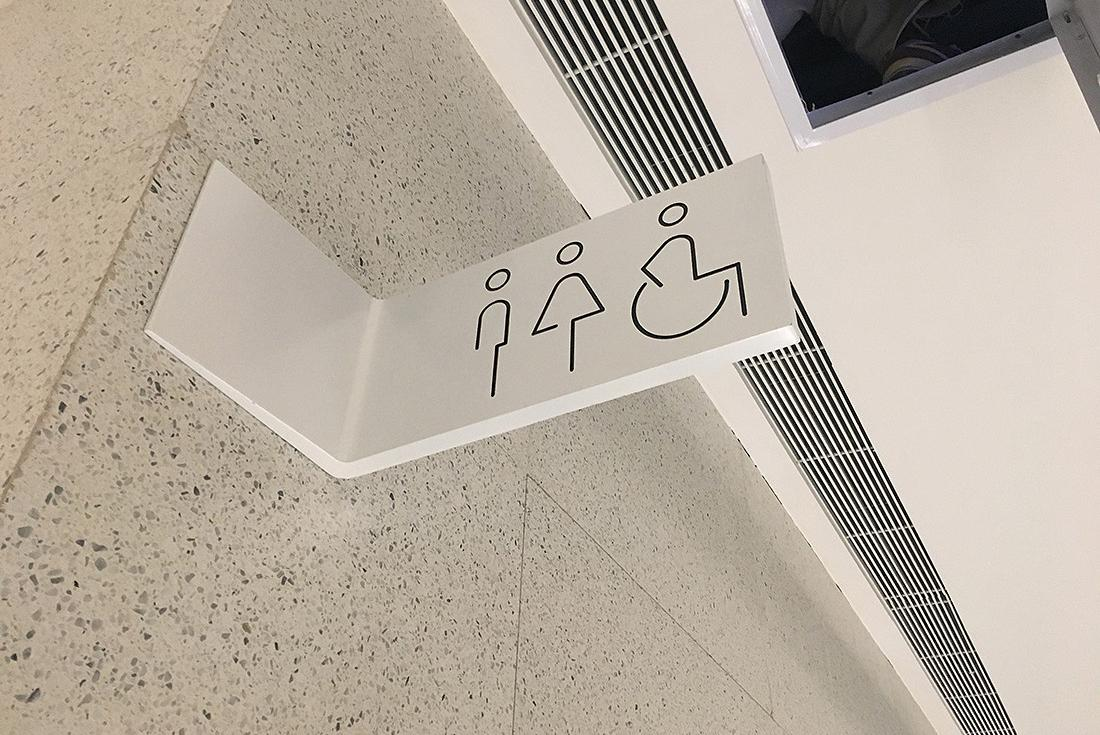
Proper placement of wayfinding signages is key to their effectiveness. Directional signages should be located at decision points where individuals may need guidance, such as intersections in hallways, entrances to large areas, or elevator banks. Think about the height and angle at which the signages will be viewed to ensure they are easily readable from a distance and at eye level.
Consider using ceiling-mounted or wall-mounted signages in larger spaces, as these can be seen from different angles and heights. For smaller offices, wall-mounted directional signages near doors or at eye level are effective. Remember, the goal is for individuals to spot the signages naturally as they move through the space without needing to search for them actively.
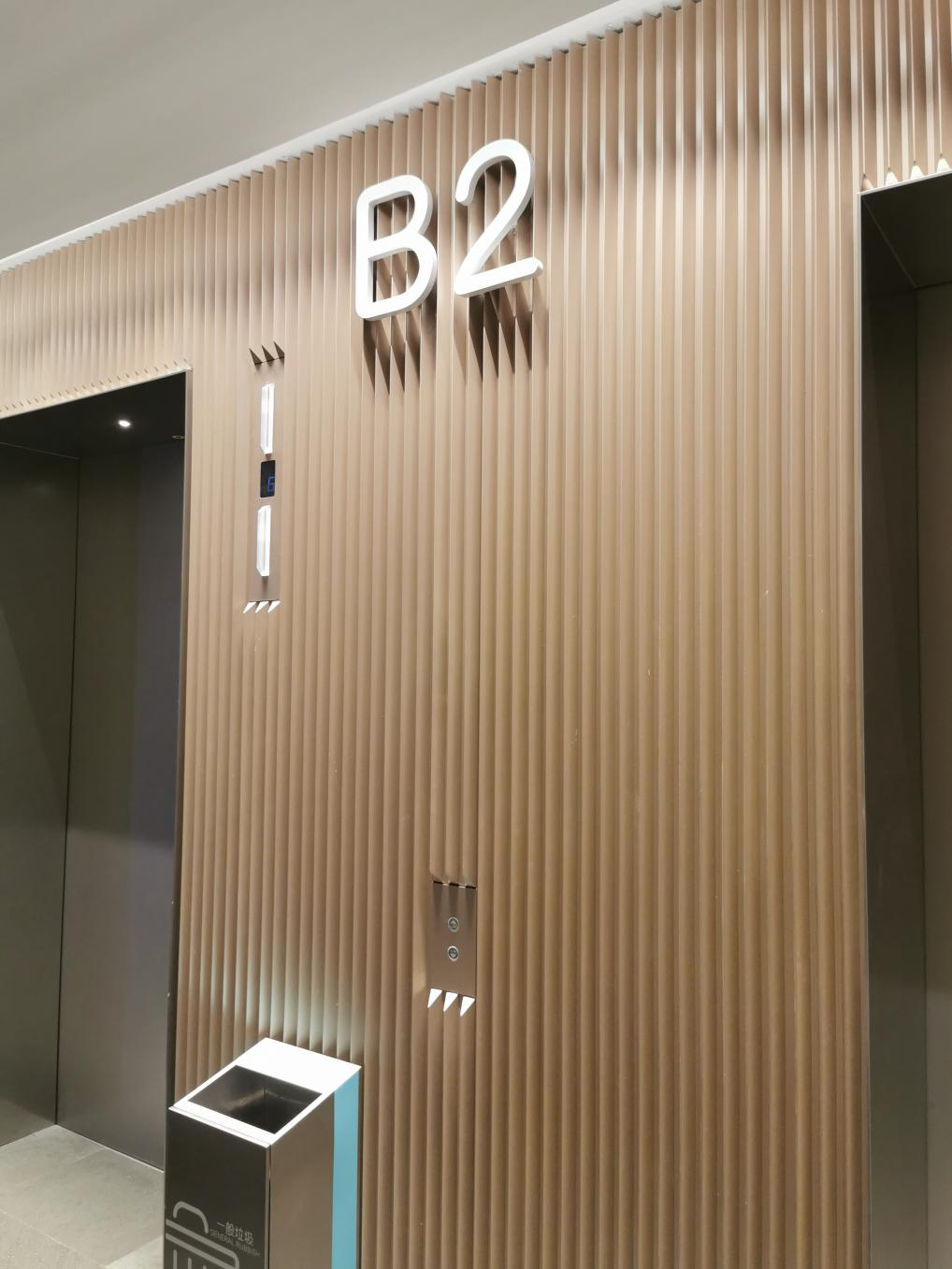
Floor graphics and wall decals are innovative ways to assist with wayfinding, particularly in large or complex buildings. Arrows, lines, or color-coded paths on floors can guide people in specific directions. This is particularly useful for buildings with multiple departments, wings, or zones that need clear delineation.
Color-coded signage is effective for multi-floor or multi-department buildings, allowing visitors to follow a specific color to their destination. For example, using a green path to lead visitors to a reception area and a blue path to lead them to meeting rooms makes navigation intuitive. Wall decals with arrows or simple icons can serve as subtle reminders along the way, reinforcing directions and helping prevent people from getting lost.
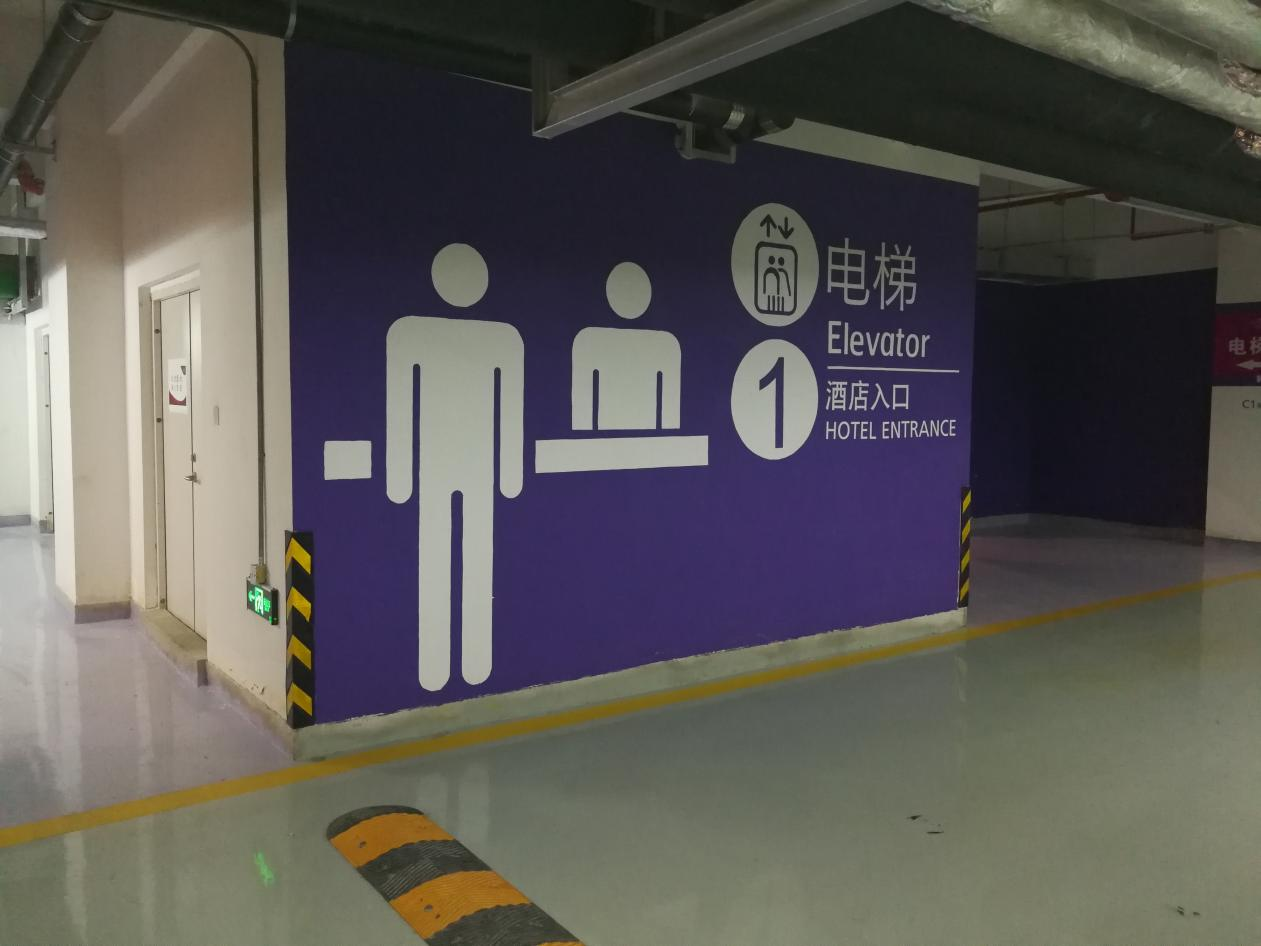
Accessibility should be at the forefront when designing wayfinding signage. Ensure that signages are designed with large, high-contrast fonts to aid those with visual impairments. For instance, signages that pair bold colors with contrasting backgrounds (such as black on white or white on dark blue) improve readability and visibility.
Braille and tactile signage are essential near elevators, stairwells, and doorways to assist people with visual disabilities. Moreover, audio-guided digital kiosks can further enhance accessibility for individuals who are visually impaired. Taking accessibility into account not only improves the visitor experience but also demonstrates a commitment to inclusivity within your organization.
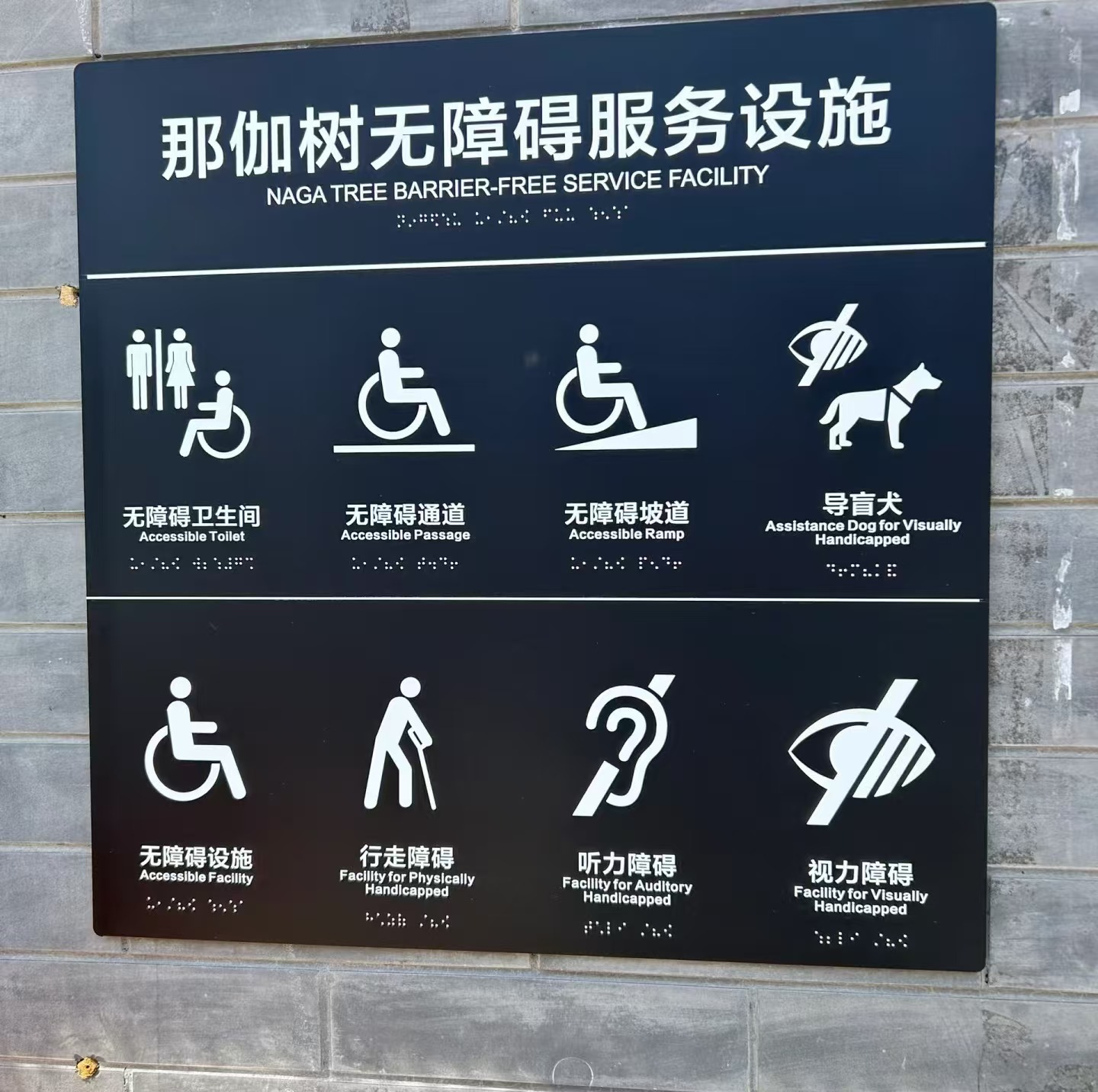
Informational signages, such as maps and directory boards, are essential for large buildings or offices with multiple departments. Place these informational signages near entrances or lobbies where they can provide a quick overview of the layout. Similarly, identification signage for individual rooms, offices, or departments helps visitors quickly locate their intended destination.
For example, placing a building map near the main entrance with a “You Are Here” indicator can help people orient themselves immediately. Clear identification signages on each office or room door ensure that people arrive at the correct destination, improving overall efficiency and satisfaction.
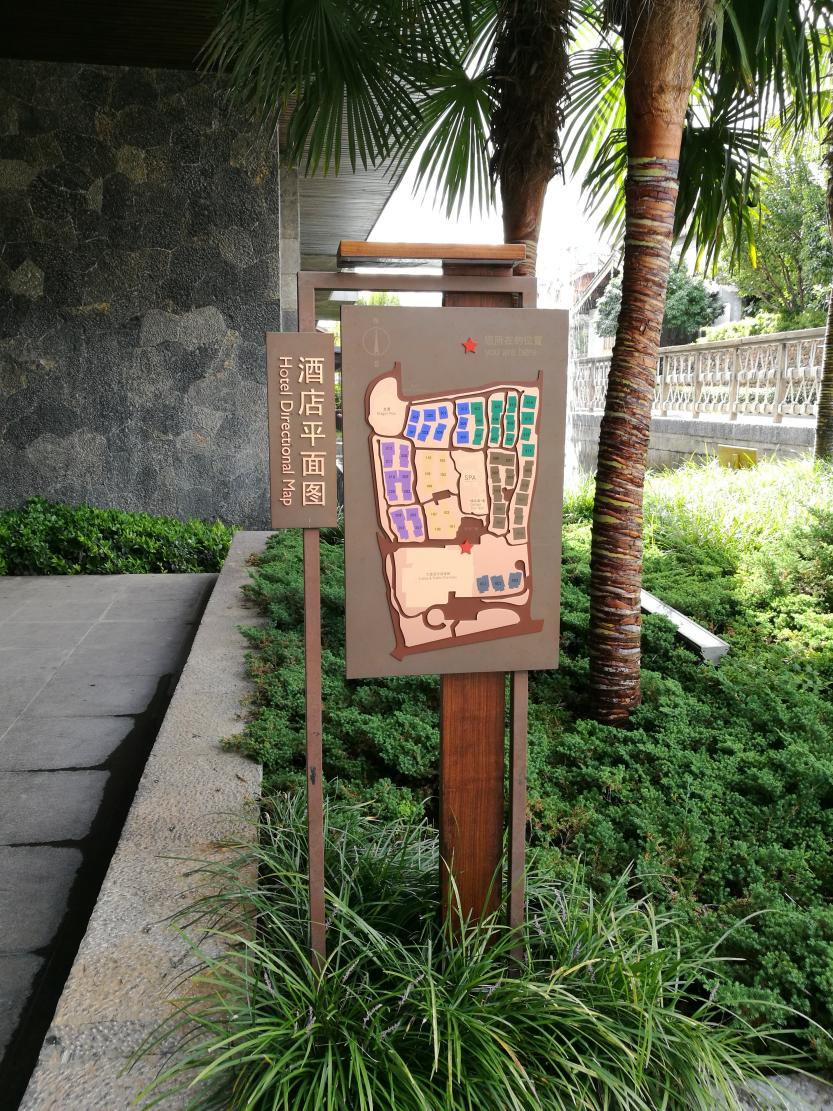
Wayfinding signages are vital in making office or building spaces user-friendly, efficient, and welcoming. By creating a comprehensive plan, incorporating brand elements, using clear icons, strategically placing signages, and prioritizing accessibility, you can help people navigate your space with ease. Whether through simple directional signages, floor graphics, or advanced digital displays, thoughtful wayfinding signage can transform any office environment into a more enjoyable and accessible place for employees, clients, and visitors alike.
ZIGO's signage team is on hand to guide you through the process of finding the perfect wayfinding signage solution for your business or office. If you have any questions, feel free to use the Contact Us form on our website.